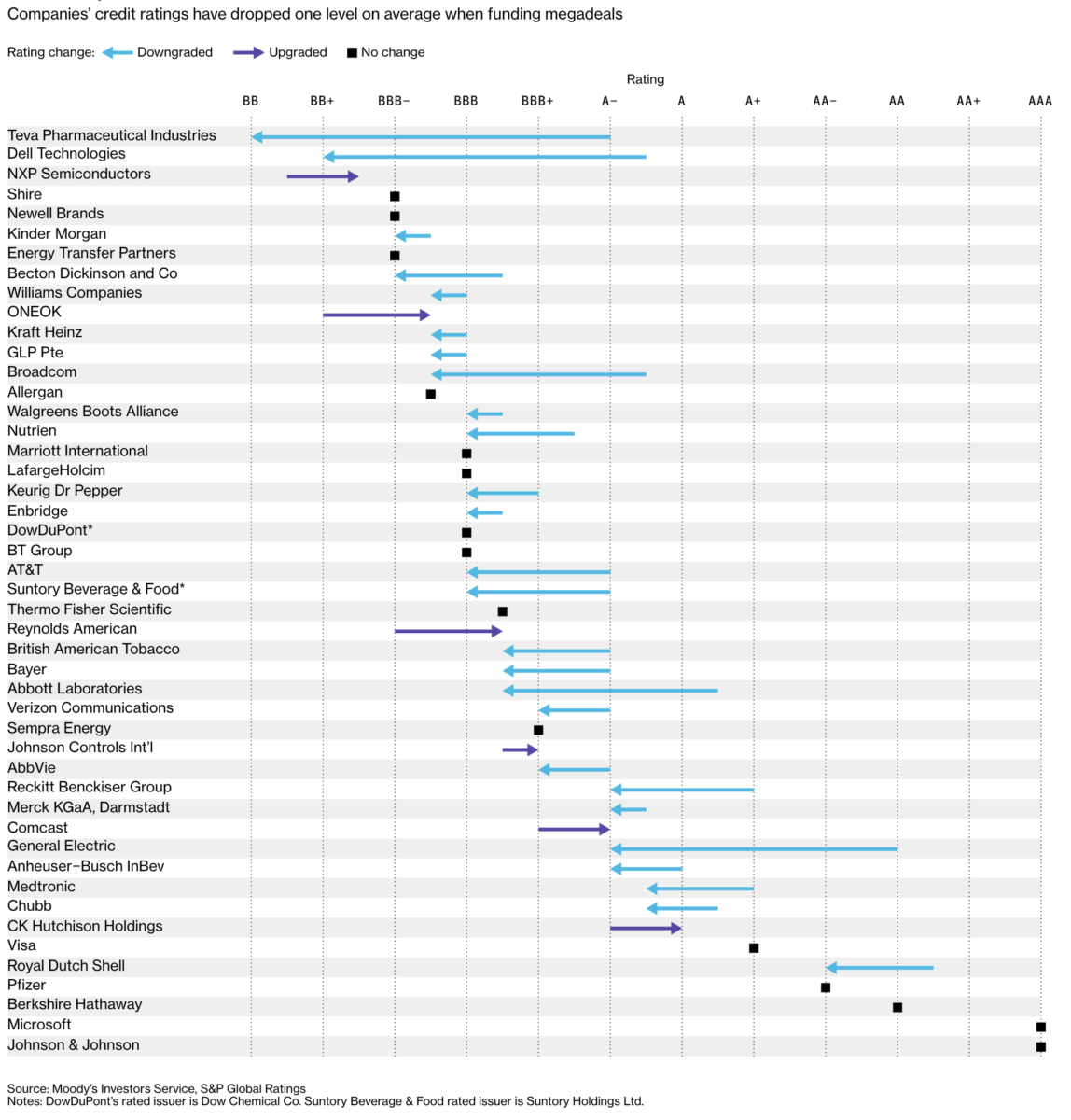
Drawdowns based on percent of account at risk & consecutive losses.





 Even the best traders in the market have trading sessions that are less than optimal. Human nature dictates that we make mistakes, and trading the stock market is no exception. Subsequently, there is always room for improvement, whether you are a novice trader or a seasoned veteran.
Even the best traders in the market have trading sessions that are less than optimal. Human nature dictates that we make mistakes, and trading the stock market is no exception. Subsequently, there is always room for improvement, whether you are a novice trader or a seasoned veteran.
1. People usually expect the future to be like the past and underestimate the potential for change.
2. When everyone believes something is risky, their unwillingness to buy usually reduces its price to the point where it’s not risky at all. Broadly negative opinion can make it the least risky thing, since all optimism has been driven out of its price.
3. In investing, as in life, there are very few sure things. Values can evaporate, estimates can be wrong, circumstances can change and “sure things” can fail. However, there are two concepts we can hold to with confidence: • Rule number one: most things will prove to be cyclical. • Rule number two: some of the greatest opportunities for gain and loss come when other people forget rule number one.
4. Very early in my career, a veteran investor told me about the three stages of a bull market. Now I’ll share them with you. • The first, when a few forward-looking people begin to believe things will get better • The second, when most investors realize improvement is actually taking place • The third, when everyone concludes things will get better forever
5. Investors hold to their convictions as long as they can, but when the economic and psychological pressures become irresistible, they surrender and jump on the bandwagon.
6. Even when an excess does develop, it’s important to remember that “overpriced” is incredibly different from “going down tomorrow.” • Markets can be over- or underpriced and stay that way—or become more so—for years.
7. If everyone likes it, it’s probably because it has been doing well. Most people seem to think outstanding performance to date presages outstanding future performance. Actually, it’s more likely that outstanding performance to date has borrowed from the future and thus presages subpar performance from here on out. (more…)
If you are just randomly trading what you like with no real underlying system, method or planning then unfortunately your odds of success in the long term are slim. Trading a winning methodology is what creates an edge in trading.
Consistently trading a robust system or methodology enables you to trade in a way that historically wins, controls risk, and does not bring your ego and your emotions into your trading in a destructive way.
Ten questions to ask yourself before every trade:

